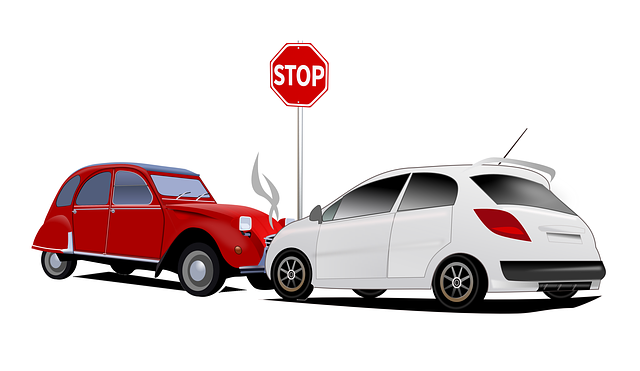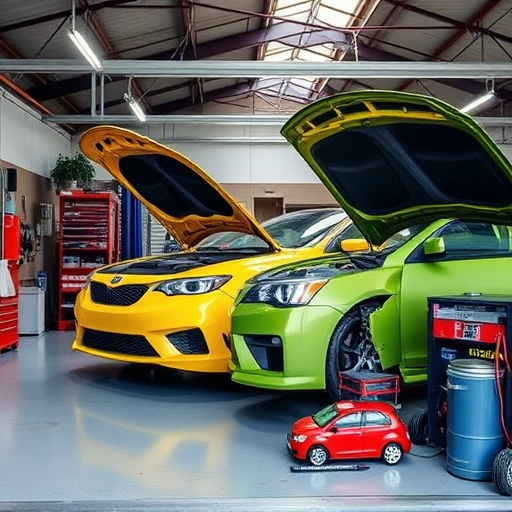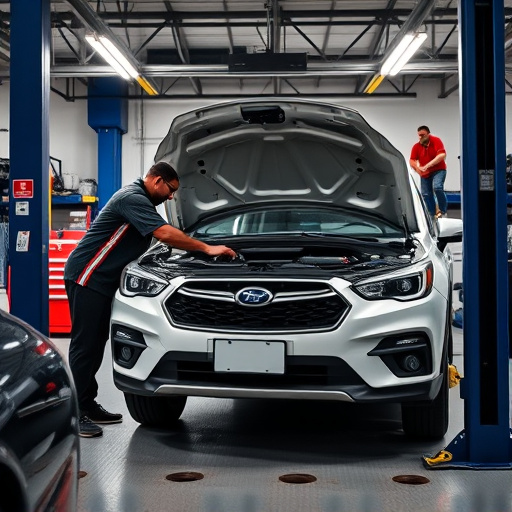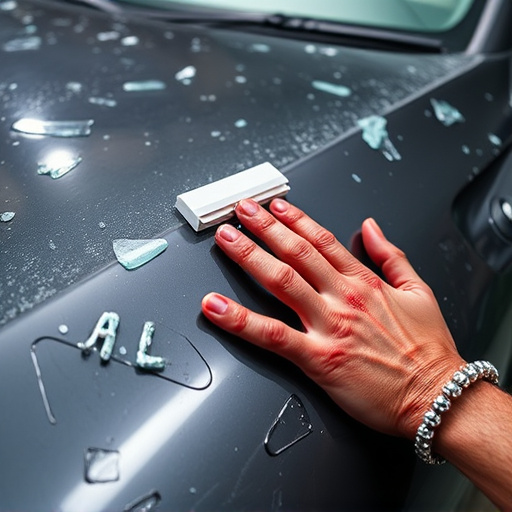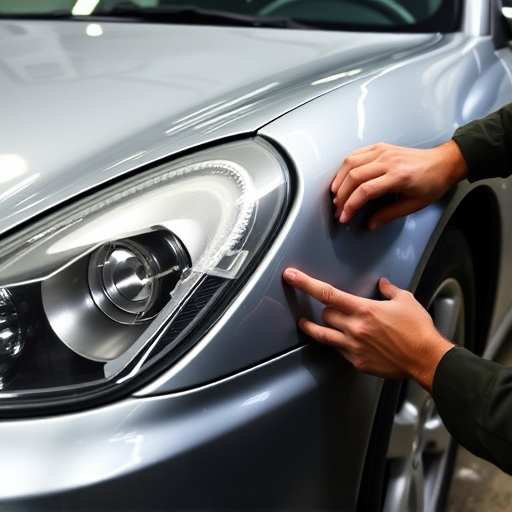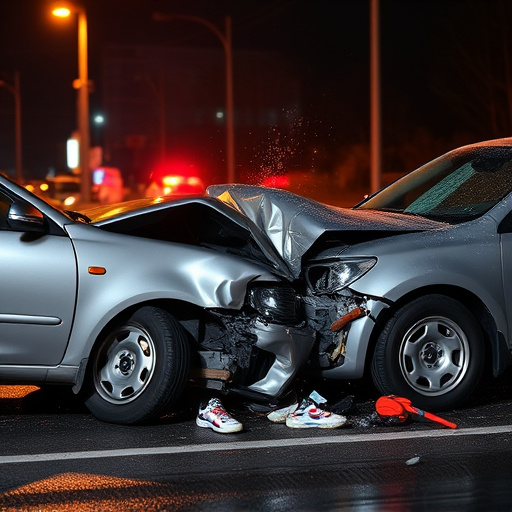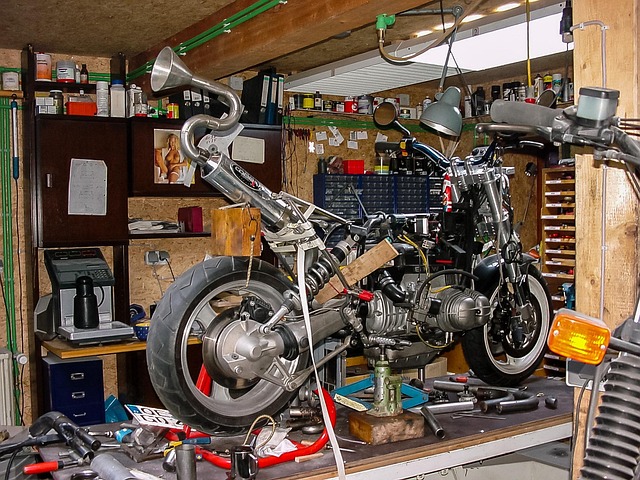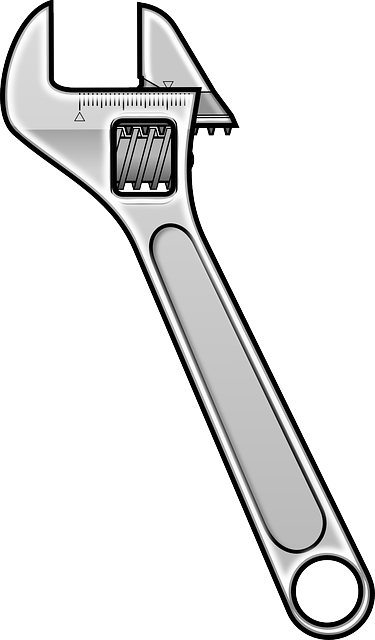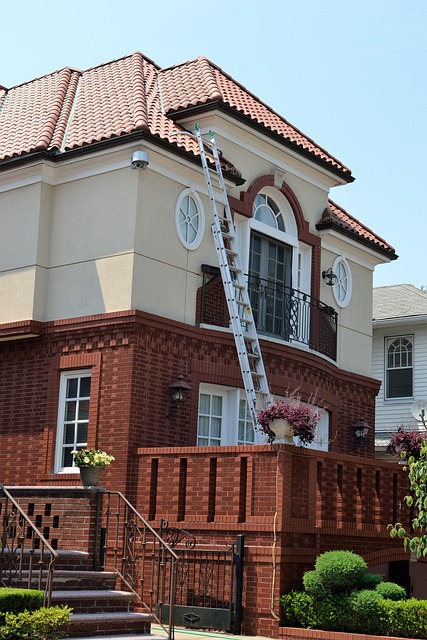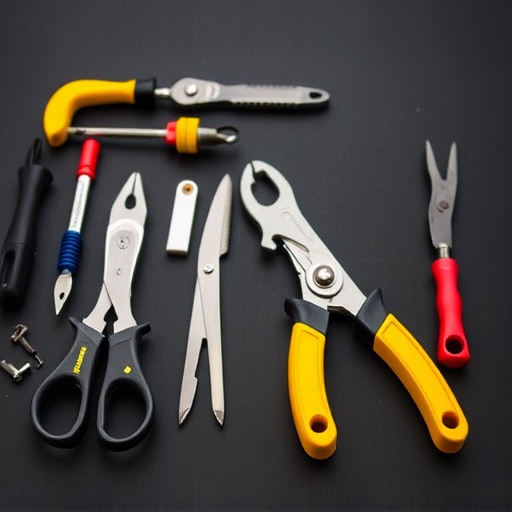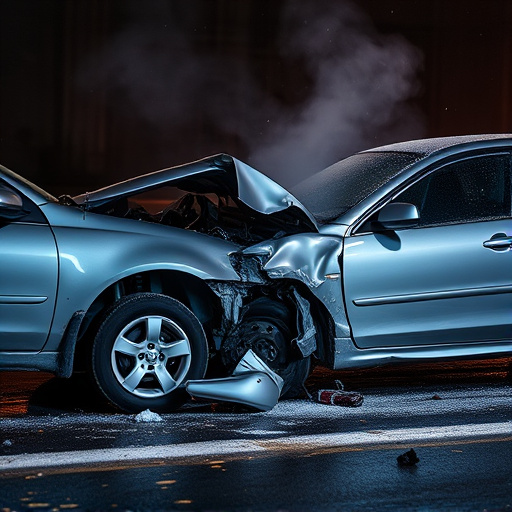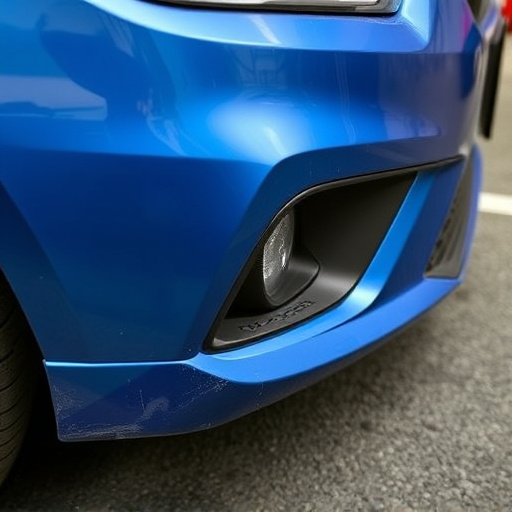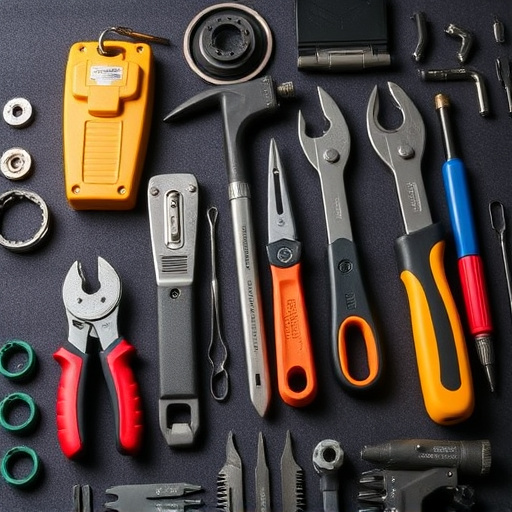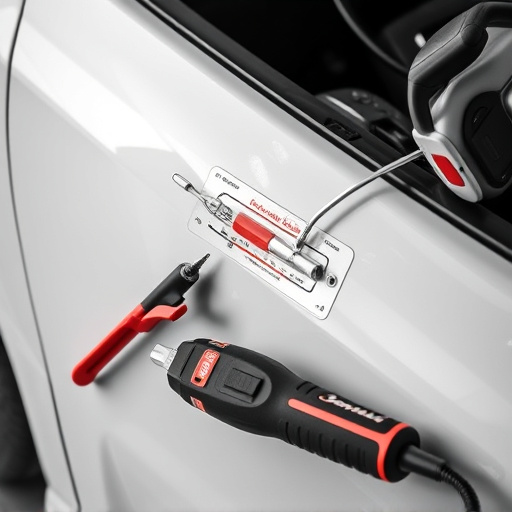The Tesla Model S front end repair requires specialized knowledge of the vehicle's complex electrical and software systems, focusing on battery management and ADAS algorithms for optimal safety and performance. Skilled repair shops calibrate these systems post-repair, ensuring features like Autopilot function accurately. This meticulous process involves assessing damage, reattaching panels, and maintaining aesthetic and safety standards, guiding owners through restoration to highlight the Model S' advanced technology.
“Uncover the secrets behind ensuring your Tesla Model S drives smoothly with optimal safety. This comprehensive guide delves into the intricate process of Tesla Model S front end repair and ADAS (Advanced Driver-Assistance Systems) calibration. Learn how a meticulous front end repair not only restores your vehicle’s aesthetics but also plays a pivotal role in activating and fine-tuning crucial ADAS features. By understanding these processes, you’ll gain the knowledge to maintain your Tesla’s cutting-edge technology effectively.”
- Understanding Tesla Model S Front End Repair: A Comprehensive Overview
- The Role of Calibration in Activating ADAS Features Effectively
- Step-by-Step Guide: Performing a Front End Repair and Calibration on Your Tesla Model S
Understanding Tesla Model S Front End Repair: A Comprehensive Overview
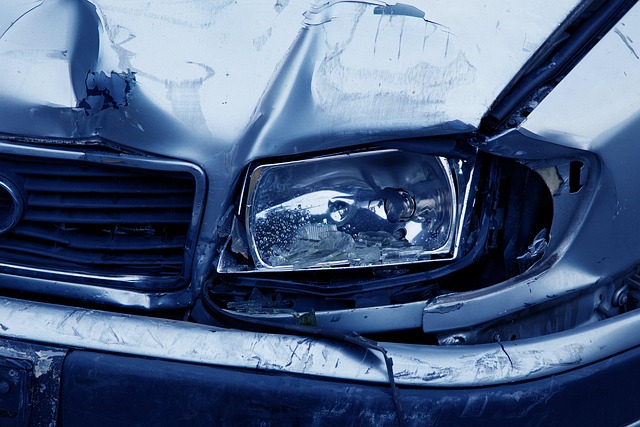
The Tesla Model S, an electric vehicle known for its advanced technology and sleek design, requires a specialized approach when it comes to front end repairs. Understanding the intricacies of this process is essential for both car owners and automotive professionals. A Tesla Model S front end repair encompasses more than just fixing visible damage; it involves calibrating the Advanced Driver-Assistance Systems (ADAS) features, ensuring optimal safety and performance. This comprehensive overview aims to shed light on the key aspects of this specialized service.
When addressing any auto repair services for the Model S, especially those related to front end components, it’s crucial to consider the vehicle’s unique electrical and software systems. Unlike traditional automotive repair, electric vehicles like the Tesla require a deep understanding of battery management, power distribution, and advanced driver assistance algorithms. Auto maintenance for these systems demands precision and adherence to Tesla’s specific guidelines to maintain the integrity of their proprietary technologies, ultimately contributing to a seamless driving experience.
The Role of Calibration in Activating ADAS Features Effectively
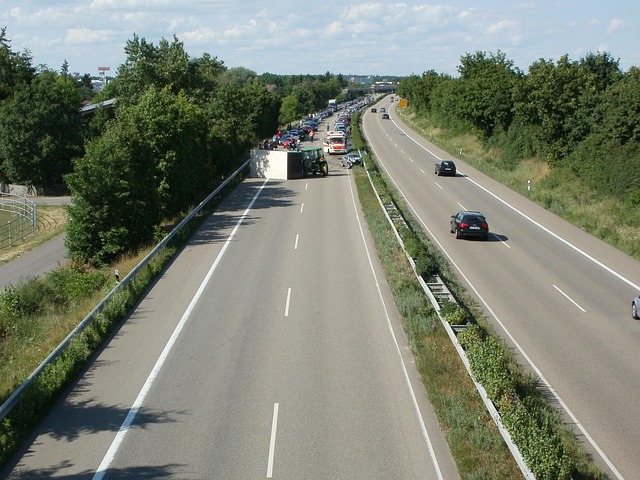
In the realm of modern automotive technology, vehicles like the Tesla Model S boast Advanced Driver Assistance Systems (ADAS), enhancing safety and driving experience. However, for these features to function optimally, proper calibration is paramount after any Tesla Model S front end repair. Calibration ensures that sensors, cameras, and software work in harmony, accurately perceiving the environment and enabling functions like Autopilot, adaptive cruise control, and lane keeping.
A skilled auto body painting and collision repair shop plays a crucial role in this process, offering expertise in diagnosing and correcting any discrepancies post-repair. They utilize specialized tools to recalibrate the vehicle’s systems, ensuring they meet factory specifications. This meticulous step is often overlooked but significantly impacts the overall performance and safety of ADAS features, making it an essential part of any Tesla Model S front end repair process.
Step-by-Step Guide: Performing a Front End Repair and Calibration on Your Tesla Model S
